Fertilize Oaks: How, When and How Much? – Sow100

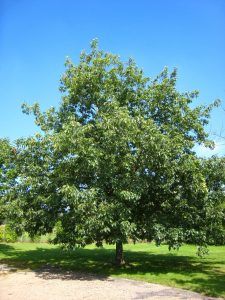 When we think of majestic trees, surely the grandeur that only an oak is capable of showing comes to mind.
When we think of majestic trees, surely the grandeur that only an oak is capable of showing comes to mind.
The oaks whose scientific name of this family of plants is Quercus (and of which there are several types) never go unnoticed.
They have an average lifespan of 200 years and specimens up to 1,600 years old are known to have gotten there thanks to good care.
We are going to go into explaining about the important work of fertilizing our oak trees, since in this way we will be victorious in the way of caring for oak trees.
Why is it important to fertilize oak trees?
It is interesting to fertilize oaks given the characteristics of these trees. Keep in mind that oaks are naturally very slow growing. This slow growth is paradoxical to us given their great longevity, so any nutritional contribution you are able to make is valuable.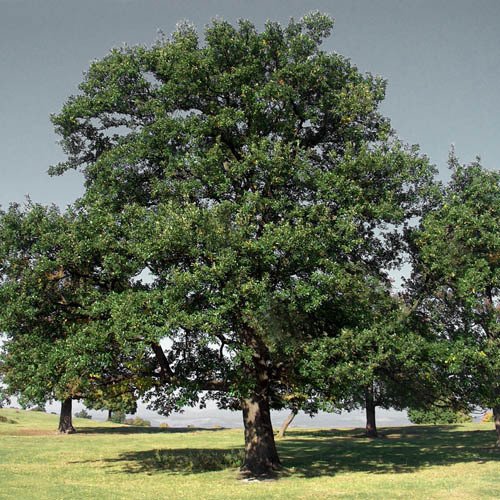
It is not so much to accelerate its growth, but to help it create more solid structures that help it support what it will be in the future.That is, provide it with resistance to deal with possible pests or diseases, develop strong roots that expand as necessary, among others.
But in addition, oaks are usually pruned harshly during their first years of life to help them in the shape and distribution of branches. Therefore, they need to have nutrients so that these wounds heal and they can develop new, stronger branches.
How often should we fertilize the oaks?
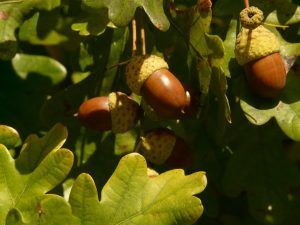 The oaks are fertilized during the warm periods of the year (spring and summer) at the rate of a monthly subscriber.
The oaks are fertilized during the warm periods of the year (spring and summer) at the rate of a monthly subscriber.
You have to apply this from its youth until it is established as an adult tree.
Afterwards, you could already apply a deep fertilization 2 times a year and it will be more than enough because its roots will be able to easily obtain nutrients.
It is not recommended to pay during the autumn and winter months because they are times when the trees will not be able to absorb nutrients. At this point you also have to take into account if you have the oak planted in a pot, bonsai style.
In that case, you will have to work exceptionally with the subscriber because bonsai behave differently from trees in their natural conditions.
What Nutrients Do Oak Trees Need?
The demands of the oak are oriented, above all, to nitrogen (N), which will be the element that will allow it to develop its green parts without complications. Nitrogen has the mission of helping in the formation of branches and foliage, promoting a firmer and more leafy structure.
Potassium (K) and phosphorus (P) for their part, will have the mission of supporting the strengthening of the roots and trunk.The rest of the micronutrients will have the mission of supporting the formation of sap, the process of photosynthesis, the creation of chlorophyll, among others.
Therefore, care must be taken that they are present in the correct doses so that everything goes as it should.
What kind of fertilizers do oaks need?
Oaks are very accepting of being fertilized with organic fertilizers, whether they are store-bought or homemade. Organic matter such as manure, compost, earthworm humus and guano are among his favorites and it is well worth taking advantage of them.
These fertilizers offer the advantages that they stimulate the formation of the tree, at the same time that they contribute to the improvement of the soil.Organic fertilizers for commercial sale can be found under the NPK formula, either in liquid or solid form.
Identify through the label that they are enriched with micronutrients to ensure that they are useful for your oak.
How do we prepare compost for oak trees?
The preparation will depend a lot on the type of fertilizer you are going to use. Let’s see each of them:
- Homemade organic fertilizer: these are fertilizers that you will work directly in the soil, preferably burying it so that it is compacted with the substrate. It is best to apply them in an area close to the tree, but not right on top of it to avoid damaging the roots. The amount of fertilizer to apply will have to be measured according to the age of the specimen.
- Liquid fertilizers: they are the easiest to apply because they only require you to dilute the amount of liquid indicated by the manufacturer in a certain amount of water and supply it as irrigation water. In fact, it is the method by which it is made easier for trees to take advantage of nutrients.
- Solid NPK fertilizers: These are usually sold in the form of granules that you will spread on the environment of the tree that is in the shade. The quantities must be respected according to what the manufacturer indicates because it is very easy to exceed them. After applying, you will have to water deeply so that the nutrients penetrate the substrate.
How do we detect if the oaks need fertilizer?
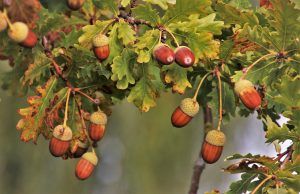 The slowness in the growth of an oak is not a sign that it needs more fertilizer and that is one of the main points that you must take care of.
The slowness in the growth of an oak is not a sign that it needs more fertilizer and that is one of the main points that you must take care of.
Here what you will have to assess is if its parts look strong or have lost vigor, if the leaves are green or yellow, etc.
In fact, assessing leaf color is a great source of information because nutrient deficits will affect young leaves differently than older ones.
If you find that the tree lacks fertilizer, you can work with a mineral fertilizer (preferably only for that moment) so that it absorbs nutrients more quickly.
You have to carry out the fertilizer for oak trees, at least in its first years of life, to ensure a plant with a promising future. It is a job that will not become routine for you, so it is better that you have it well defined in your calendar to avoid suffering complications due to excesses or defects of applications.
It is almost certain that when you see it big, impressive, healthy and beautiful, you will hardly remember the days you spent paying for it because you will know that it was all worth it.
Bibliographic references
- Presence of the pedunculated oak (Quercus robur L., Fagaceae) in the Sierra de Siruela (Badajoz, Spain), RR Mohedano – Folia Botanica Extremadurensis, 2014 – dialnet.unirioja.es
- Estimation of thermal time for germination and emergence of oak (Quercus robur) in the greenhouse, AM Lamas, S Maio – Agrometeoros, 2020 – seer.sct.embrapa.br
- Study of the ectomycorrhizal symbiosis in Quercus robur L. and assessment of its influence on plant physiology, S Hormilla – 1995 – dialnet.unirioja.es
- “Accelerated” serial grafting of adult Quercus robur, FC Campo, JLF Lorenzo –… of the Spanish Society of Sciences…, 2008 – dialnet.unirioja.es

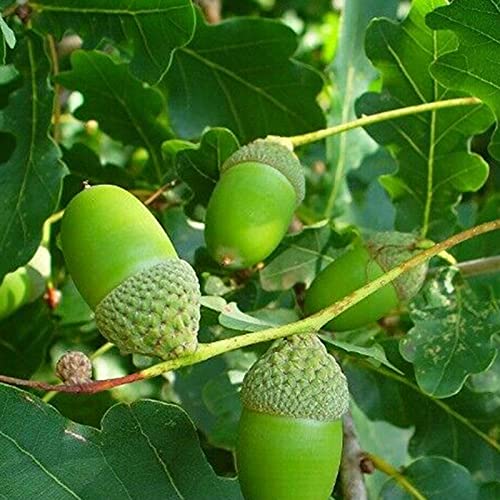
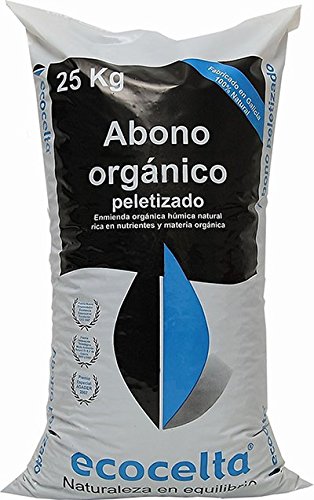
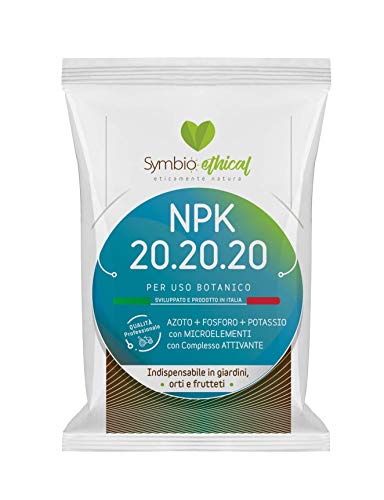
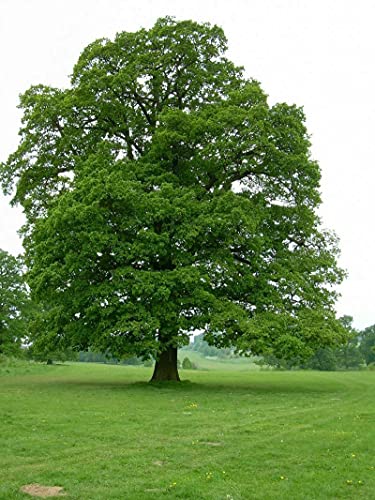
![Photo of Tamarind Tree: [Cultivation, Irrigation, Associations, Pests and Diseases]](https://www.complete-gardening.com/wp-content/uploads/2022/08/tamarind-tree-cultivation-irrigation-associations-pests-and-diseases-270x220.jpg)
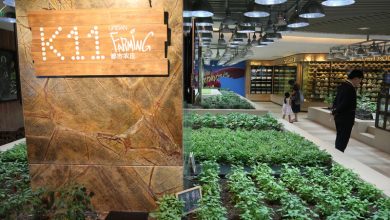
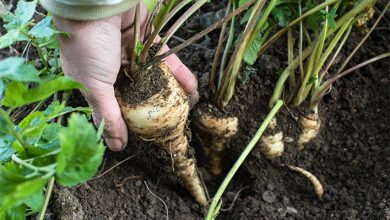
![Photo of Holly: [Planting, Care, Irrigation, Substrate, Pests and Diseases]](https://www.complete-gardening.com/wp-content/uploads/2022/08/holly-planting-care-irrigation-substrate-pests-and-diseases-390x220.jpg)